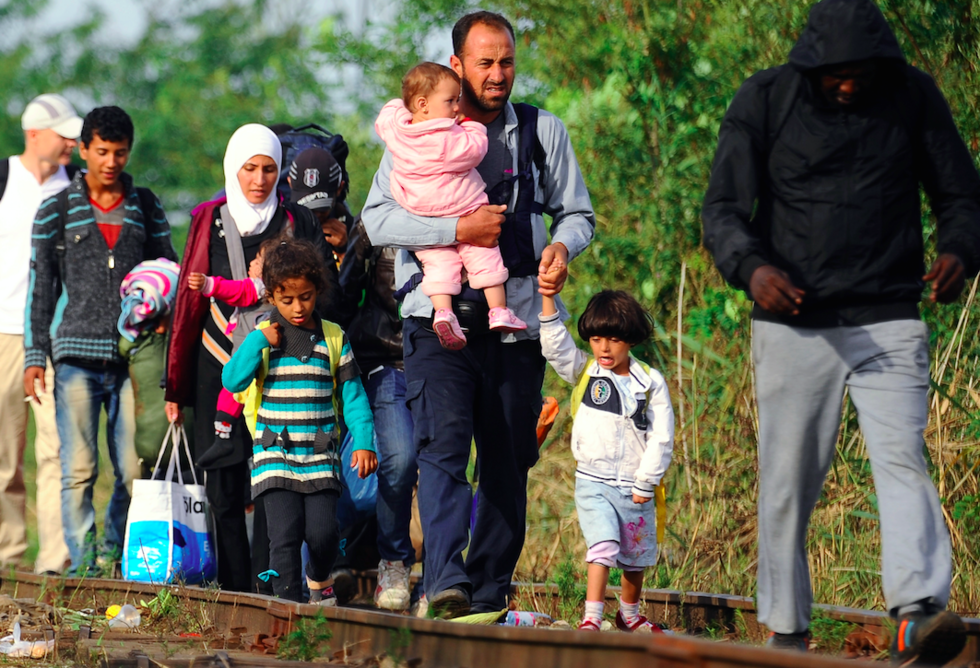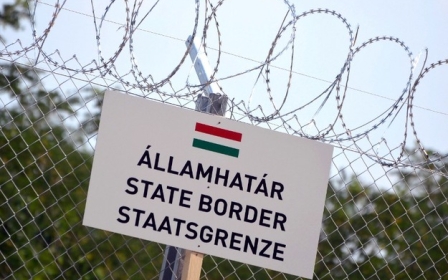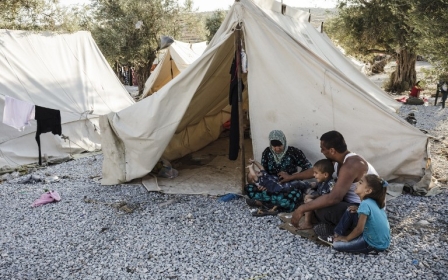Hungarian police fire tear gas at refugees as record numbers try to cross border

Police in Hungary reportedly fired tear gas on Wednesday after refugees refused to be fingerprinted at a reception centre.
At least 200 refugees were at the centre in the southern border area of Roszke when the tear gas was fired, according to Sky News.
Hungary has said it may use its army to secure its border where an increasing number of refugees, many fleeing the Syrian civil war, are crossing into the EU.
The government announced on Wednesday it was sending 2,000 "border hunters" to stem the flow of record numbers of people entering from Serbia.
A police spokesman said police used the tear gas to disperse around 200 migrants who had refused to be fingerprinted and who were trying to leave the processing centre at Roszke near the border with non-EU Serbia, along which Hungary is erecting a fence.
The spokesman, Szabolcs Szenti, said "police are trying to calm the situation, but the migrants are continuing to shout".
An AFP correspondent at the scene said the situation has since calmed down. Another spokesman said the migrants wanted to leave the centre after news circulated that Germany was easing asylum rules for people fleeing the civil war in Syria.
Police said that more than 2,500 people, the highest ever daily total, poured across Hungary's border with Serbia near Roszke on Tuesday even though a barbed-wire barrier is nearly complete.
The majority were from Syria, Afghanistan and Pakistan, and included more than 500 children.
"We left because we were scared, we had fear, bombs, war, killing, death... That's why we left Syria," one Syrian man heading for the Hungarian border told AFP on Tuesday.
"If I go to Europe, I think it's going to be better... better than my life in Syria."
Middle East Eye propose une couverture et une analyse indépendantes et incomparables du Moyen-Orient, de l’Afrique du Nord et d’autres régions du monde. Pour en savoir plus sur la reprise de ce contenu et les frais qui s’appliquent, veuillez remplir ce formulaire [en anglais]. Pour en savoir plus sur MEE, cliquez ici [en anglais].




